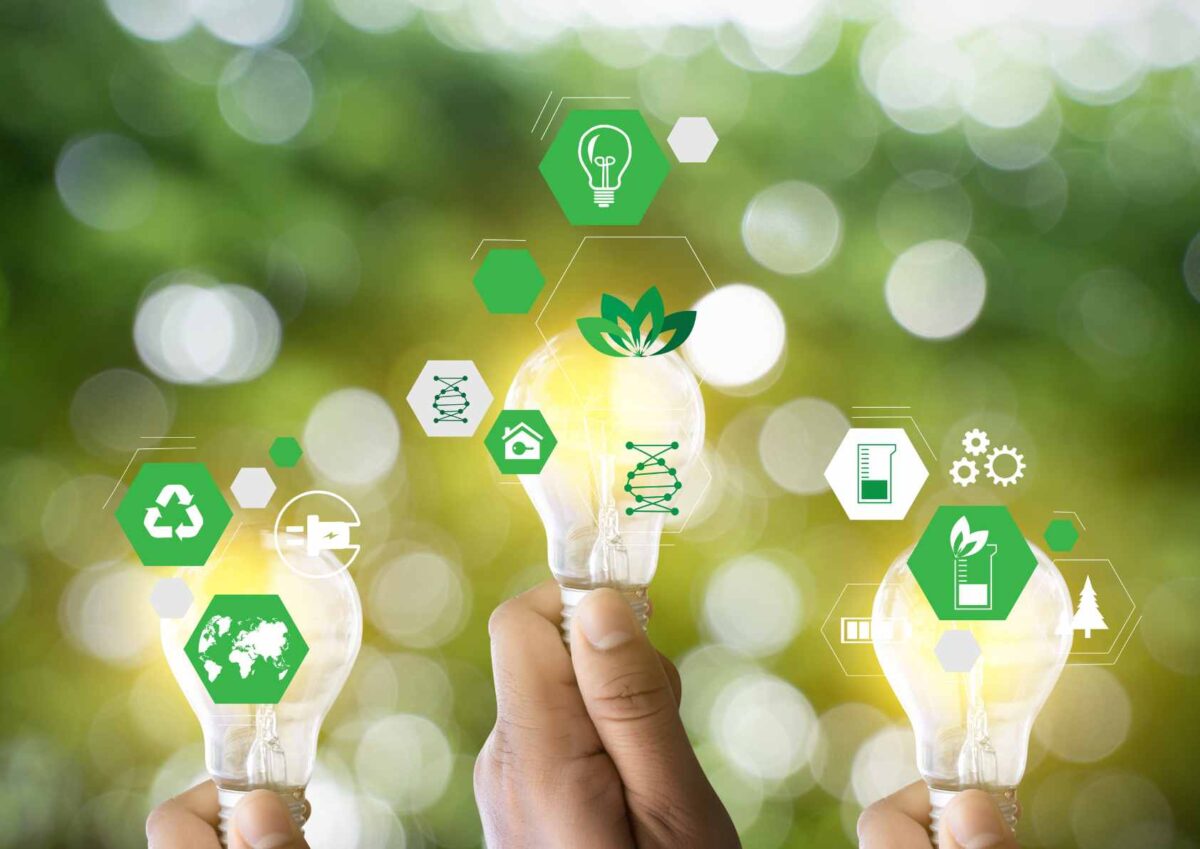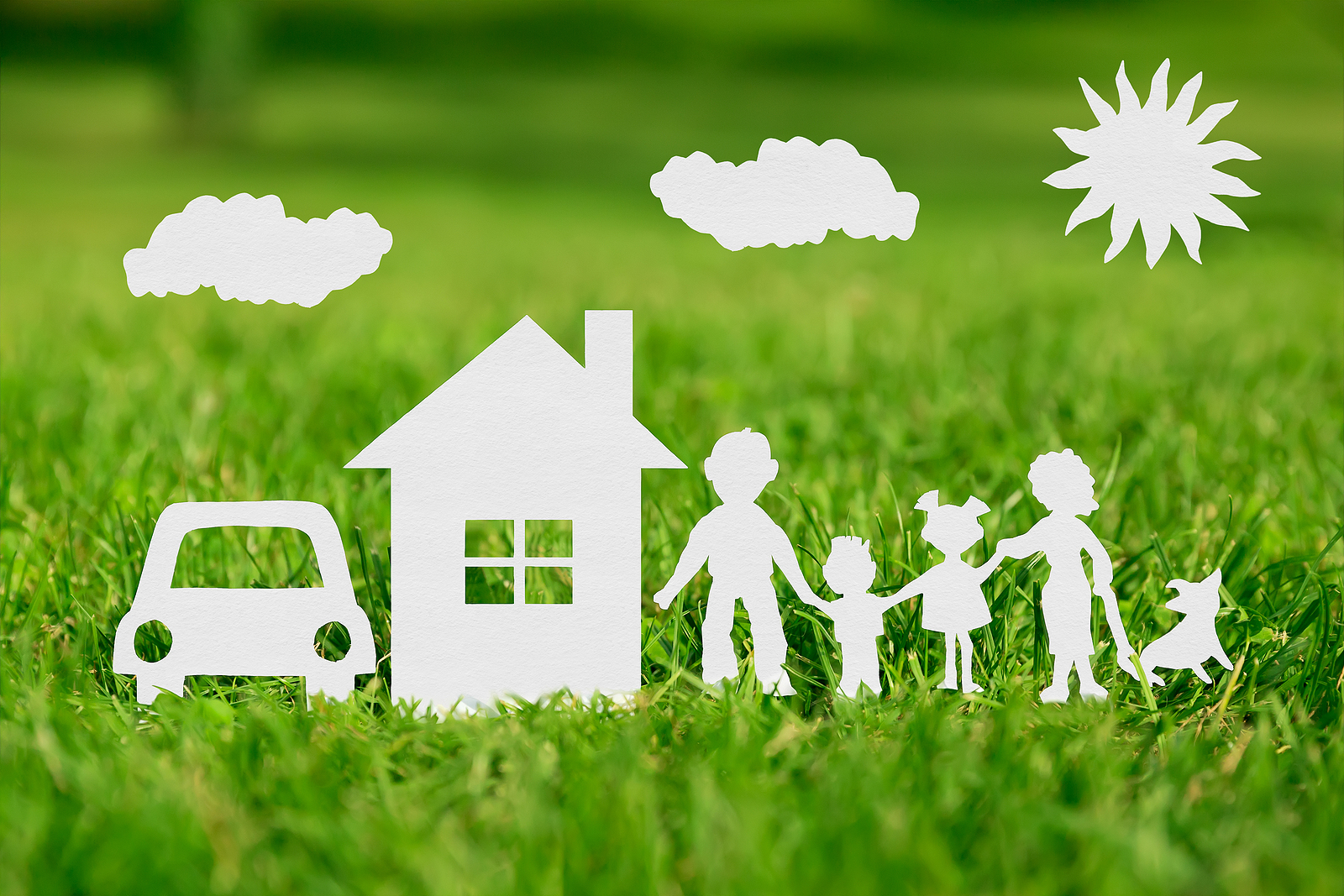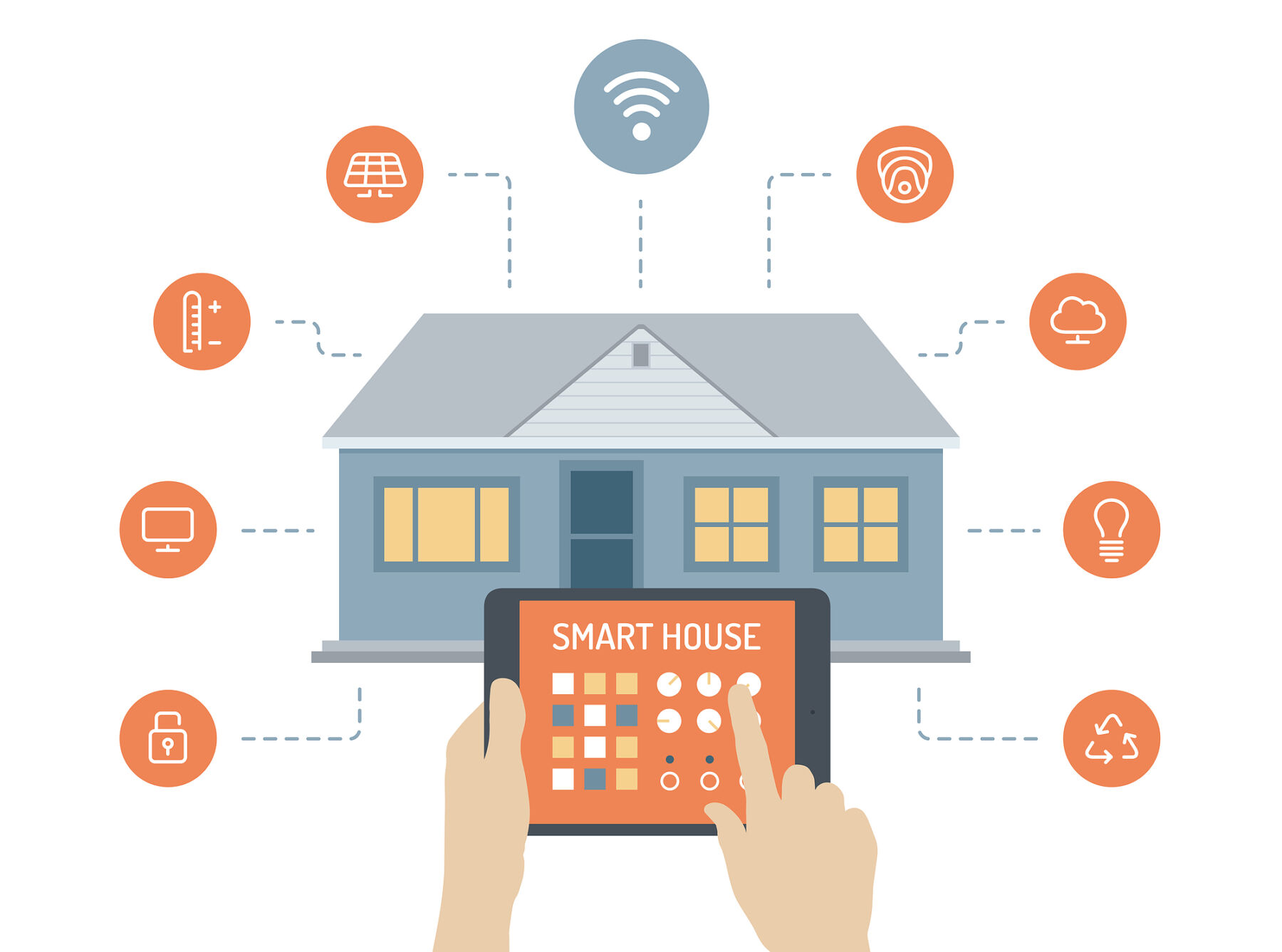In today’s real estate market, energy-efficient homes are more than just a trend—they are becoming a must-have. As buyers become more environmentally conscious, the demand for green features is growing. This blog explores why sustainable homes are in high demand and how integrating green features can boost a home’s value. Whether you’re a homeowner looking to upgrade or a buyer seeking an eco-friendly property, this post will provide valuable insights into the latest market shift.
The Rise of Energy-Efficient Homes
Energy-efficient homes are becoming an essential aspect of the modern real estate market. With climate change concerns and rising utility costs, more homeowners and buyers are focusing on sustainability. Energy-efficient homes not only help reduce the environmental footprint but also offer significant long-term savings on energy bills. Features such as solar panels, double-glazed windows, and energy-efficient appliances are becoming common selling points.
According to a 2023 report from the National Association of Realtors (NAR), 60% of homebuyers prioritize energy-efficient features when making purchasing decisions. These homes are designed to optimize energy use, reduce waste, and lower monthly expenses, making them an appealing choice for those looking to invest in both the environment and their future savings.
Key Green Features That Increase a Home’s Value
When it comes to energy-efficient homes, certain features can significantly increase the property value. Let’s explore some of the top green features that homebuyers are seeking:
-
Solar Panels: Solar energy systems are one of the most sought-after green upgrades. They provide homeowners with the opportunity to generate their own electricity, often reducing or eliminating monthly energy bills. Many buyers are willing to pay a premium for homes with fully installed solar panels, as they promise long-term savings and environmental benefits.
-
Smart Thermostats and Energy Management Systems: Smart technology is a key player in energy-efficient homes. Devices like smart thermostats allow homeowners to control temperature settings remotely, ensuring that energy isn’t wasted when the house is unoccupied. This not only saves money but also enhances convenience.
-
High-Quality Insulation and Energy-Efficient Windows: Proper insulation and energy-efficient windows are crucial in maintaining an optimal indoor climate. Homes with superior insulation reduce the need for constant heating or cooling, which in turn lowers energy consumption and costs. Double-paned or triple-paned windows are becoming standard in many sustainable homes, helping to reduce heat transfer and noise pollution.
-
Water-Saving Fixtures: Another green feature that’s in demand is water-efficient plumbing. Low-flow toilets, showerheads, and faucets are all part of a water-saving initiative that helps homeowners cut down on water usage and reduce utility bills.
Why Sustainable Homes Are in High Demand
Several factors contribute to the increasing demand for energy-efficient homes. First, there’s the environmental aspect—homebuyers are more aware than ever of their carbon footprint and are looking for ways to reduce it. Secondly, energy-efficient homes offer long-term cost savings, making them a smart financial investment.
Moreover, the availability of government incentives and rebates for eco-friendly home upgrades is encouraging more buyers to consider green homes. Various federal, state, and local programs offer tax credits or financial assistance to homeowners who invest in renewable energy technologies and energy-efficient home improvements.
Lastly, the growing popularity of green certifications such as LEED (Leadership in Energy and Environmental Design) and ENERGY STAR is helping buyers identify homes that meet high environmental standards. These certifications act as a mark of quality, giving buyers peace of mind knowing they’re purchasing a sustainable, energy-efficient property.
The Future of Sustainable Homes in Real Estate
The demand for green homes shows no signs of slowing down. As more buyers seek sustainable living options, builders and developers are responding by incorporating energy-efficient technologies and green features into their designs. This shift is likely to continue as environmental concerns and energy prices remain at the forefront of buyers’ minds.
For homeowners, investing in green features is not only an investment in the planet but also in the future resale value of their homes. For real estate agents, understanding the importance of energy-efficient homes and being able to market these properties effectively can make a significant difference in attracting eco-conscious buyers.
Conclusion
Sustainable homes with energy-efficient features are no longer just a niche market—they are becoming a standard. As more people recognize the benefits of reducing their environmental impact and saving on utility costs, the demand for green homes continues to rise. Whether you’re buying or selling, incorporating green features into your home can lead to long-term benefits, including increased value, reduced expenses, and a more sustainable future.





